More than half of the automotive models now on sale offer some form of partial automation, whether to help steer, brake or accelerate. Manufacturers have promoted these technologies as a way to reduce crashes, injuries and fatalities – but, with the exception of front automatic emergency braking, a new study finds “partial automation…doesn’t confirm additional safety benefits.”
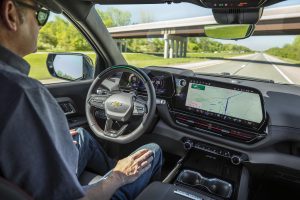
More and more vehicles are being equipped with automated driving systems. Some, like GM’s Super Cruise, allow hands-free operation. Others simply assist a driver in braking, steering or accelerating.
If you’ve purchased a new vehicle over the last several years, chances are that it was offered with a variety of digital safety technologies. And nearly half of the models now on sale provide partial automation, whether as an option or standard feature.
Such systems, manufacturers claim, can steer you back to the center of your lane, apply the brakes if you attempt to back out of a parking spot into oncoming traffic, even slow you down when you enter a tight curve. But do they really live up to such promises? Apparently not, according to a new study jointly conducted by the Insurance Institute for Highway Safety and Highway Loss Data Institute (IIHS and HLDI).
With one notable exception, said a summary of the report, “”partial automation in these vehicles doesn’t confer additional safety benefits beyond those of crash avoidance features like front automatic emergency braking (AEB).”
Partial automation has become the norm, rather than the exception
Automakers continue to work on the development of fully autonomous vehicles. A number of products, such as the Ford F-150 and Cadillac XT5 already feature systems that allow hands-free operation under strictly defined circumstances. But there are a variety of more limited systems that are designed to kick in when, for example, a driver begins to drift out of their lane or enters a corner too fast.
Toyota on Thursday announced that its Toyota Safety Sense 3.0 system is now standard on the Tacoma sedan, a news release declaring the truck, “Isn’t Just an Off-Road Monster, It’s an Active Safety Stalwart.” “Under certain scenarios,” it continued, the technology “may add steering or braking when it’s needed to help mitigate or avoid a collision or avoid drifting out of a lane or going off the pavement.”
Toyota did emphasize that drivers should keep in mind “that these active safety systems have limitations and are not a substitute for safe and attentive driving.”
Drivers may lose focus
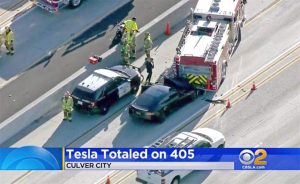
Crashes involving Tesla vehicles have raised concerns about motorists failing to heed the limitations of partially automated systems like Autopilot.
But will motorists take heed? There’s growing concern that motorists could become too dependent upon such technologies and ignore their limitations. That’s been a subject that has come up repeatedly in a series of lawsuits and safety probes linked to Tesla’s Autopilot and Full Self-Driving systems.
With many of the partially automated systems, “(they) don’t include adequate measures to prevent misuse and keep drivers from losing focus on what’s happening on the road,” warned IIHS President David Harkey”
On the flip side, drivers often disable partially automated driving systems – as well as crash avoidance technologies. Prior IIHS research found that more likely to occur with technologies relying on intrusive warning noises, such as loud buzzers.
More Auto Safety News
- UN Global Safety Campaign Addresses “Pandemic” of Highway Fatalities
- IIHS Tightens Requirements for Top Safety Pick”
- Highway Fatalities Fell in 2023 – But are Still Higher than Pre-COVID
Study finds only marginal improvements in safety
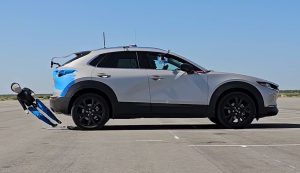
IIHS and HLDI data show that safety warning systems are more effective than technologies meant to take over driving duties.
In 2021, the Highway Loss Data Institute took a first look at the potential benefits of partial automation, focusing on systems like automatic emergency braking, adaptive cruise control and active lane centering. Various BMW, Nissan and Mini vehicles were included in the study.
With the Nissan Rogue, HLDI found an 8% reduction in frontal crashes on vehicles equipped with forward collision warning and the more advanced AEB technology. But the data it studied showed no additional benefit when vehicles were equipped with adaptive cruise – designed to keep pace with the flow of traffic – or the more comprehensive Nissan ProPilot Assist system.
HLDI, teaming up with the IIHS, set out to see if there was any improvement now that even more advanced technology has come to market – and is showing up on far more vehicles.
Safety technology or convenience feature?
When it comes to partial automation – technology designed to step in and do what a good driver should – the answer is no.
“Everything we’re seeing tells us that partial automation is a convenience feature like power windows or heated seats rather than a safety technology,” IIHS President Harkey said.
According to the data IIHS and HLDI examined, some of the partially automated systems could provide marginal safety improvements under certain conditions, most often at highway speeds. But the payoff was questionable.
Some safety features do work
“With no clear evidence that partial automation is preventing crashes, users and regulators alike should not confuse it for a safety feature,” said Jessica Cicchino, senior vice president for research at IIHS.
With the exception of forward collision systems capable of applying the brakes in an emergency, the report is most skeptical about systems that attempt to take over driving duties by steering, braking or accelerating. On the other hand, the new study appeared to find benefits with digital warning technologies, such as forward collision warning and blind-spot assist.
“Broadly speaking, the studies have all shown that features that warn or intervene in an emergency reduce the frequency of insurance claims, and the reductions increase incrementally as one feature is stacked on another,” the summary concluded.
The results of the new study are being backed by Consumer Reports. “We at CR have long held that (partial automation) systems are more for driver convenience than safety, and this important research by our friends at IIHS-HLDI is further proof of that,” said Kelly Funkhouser, associate director of vehicle technology.

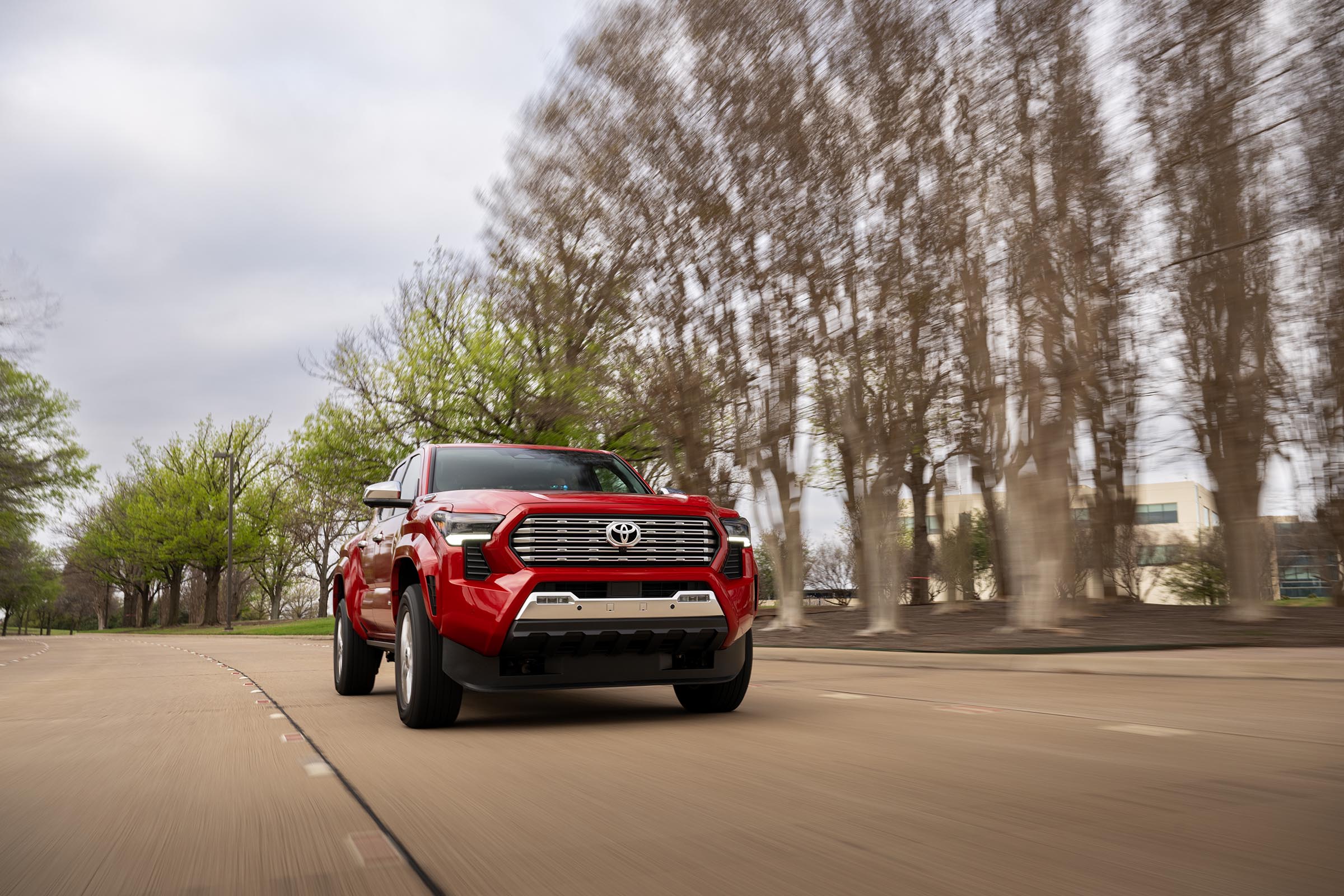



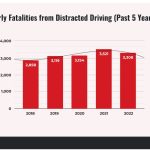



0 Comments